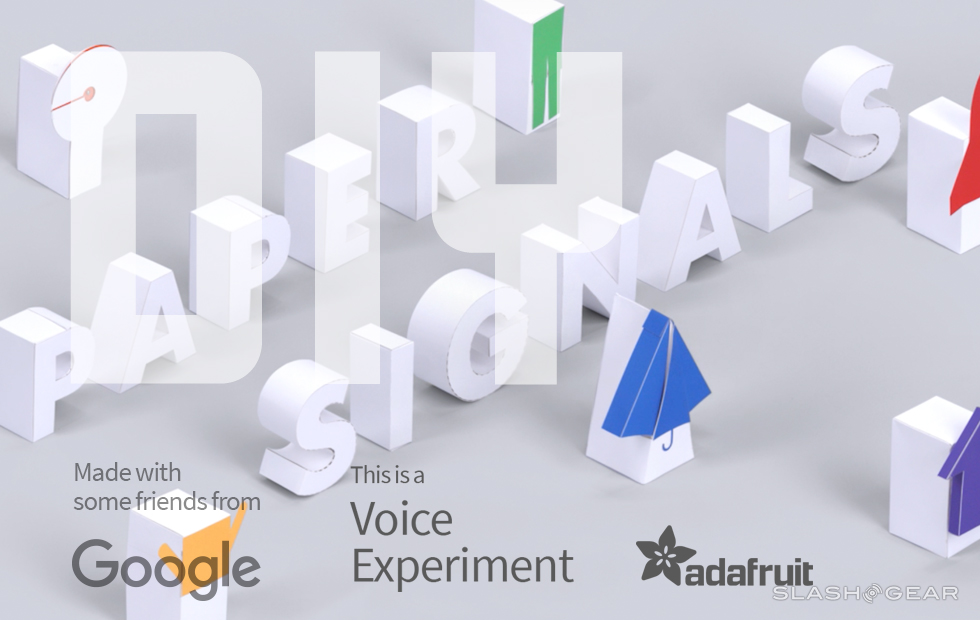Google’s new Paper Craft: Paper Signals
With this new Google project you can talk to your paper crafts! Yes you read right. Google’s new open source project allows you to use your most trusted google assistant in talking to your paper crafts. From indicating whether it will rain or when a rocket launches, these paper signals can do all.
What is Paper Signals?
Paper signals is Google’s new project which allows you to make paper crafts that you can control with Google assistant.
Paper signal can do a range of things. You can make a paper craft in the shape of an umbrella or a rocket and find out if it is raining or when a rocket launches.
There are a number of craft projects that you can try out with Google’s paper signal. Google has made an open source code for paper signals, that allows developers to configure these paper signals as and how they want it to be.
What you need to create your very own paper signals;
To make Google’s fun paper signals, you need, besides all the things required for a paper craft, such as a pencil, cutter and glue, a few electrical components as well. Google is offering these components at $24.95. But at the same time you could get these parts off the shelf.
All you need to do to get your very own paper signal is to print out a template, of your desired pattern and assemble it together with the electrical components. Finally give your paper signal commands with the google assistant which is available on both IOS and Android.
For the electronic stuff, you’ll need a male/female jumper wires, micro USB, a micro server and Adafruit Feather HUZZAH ESP8266 Wi Fi with headers.
Besides the electronic stuff you’ll also be using paper craft supplies that you can find laying around your house and of course your phone with google assistant.
You can even check out all the company’s paper signal experiments on their voice experiment site. Google uses two of their main projects to create these paper signals- DialogFlow and Google assistants.
Rasberry Pi and Paper signals:
Google plans on making a computer vision kit for Rasberry Pi computers. Users can connect their circuit board to the computer vision software which has Pi and a camera. What’s great about this is that it is cheap and does not require remote cloud processing.







